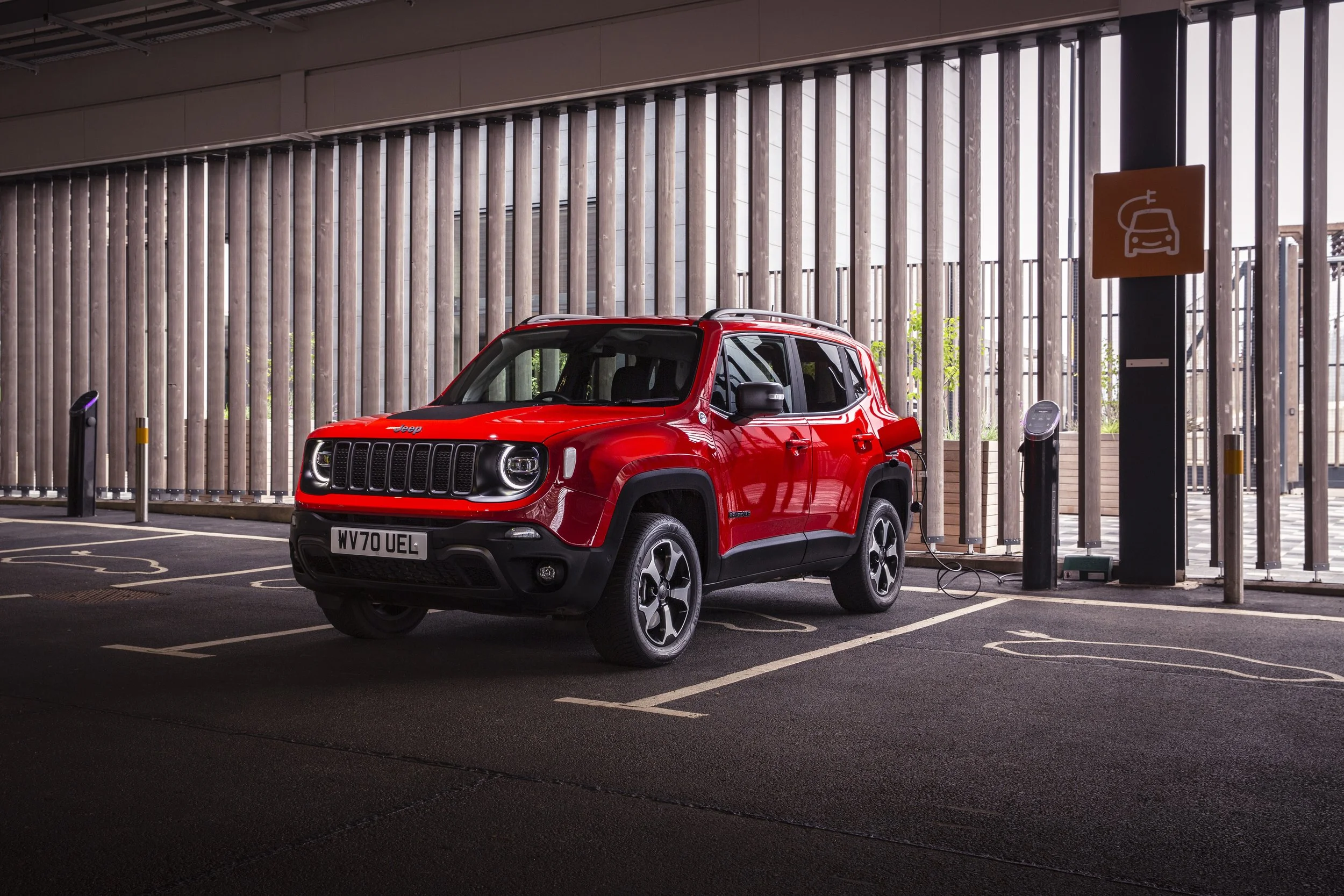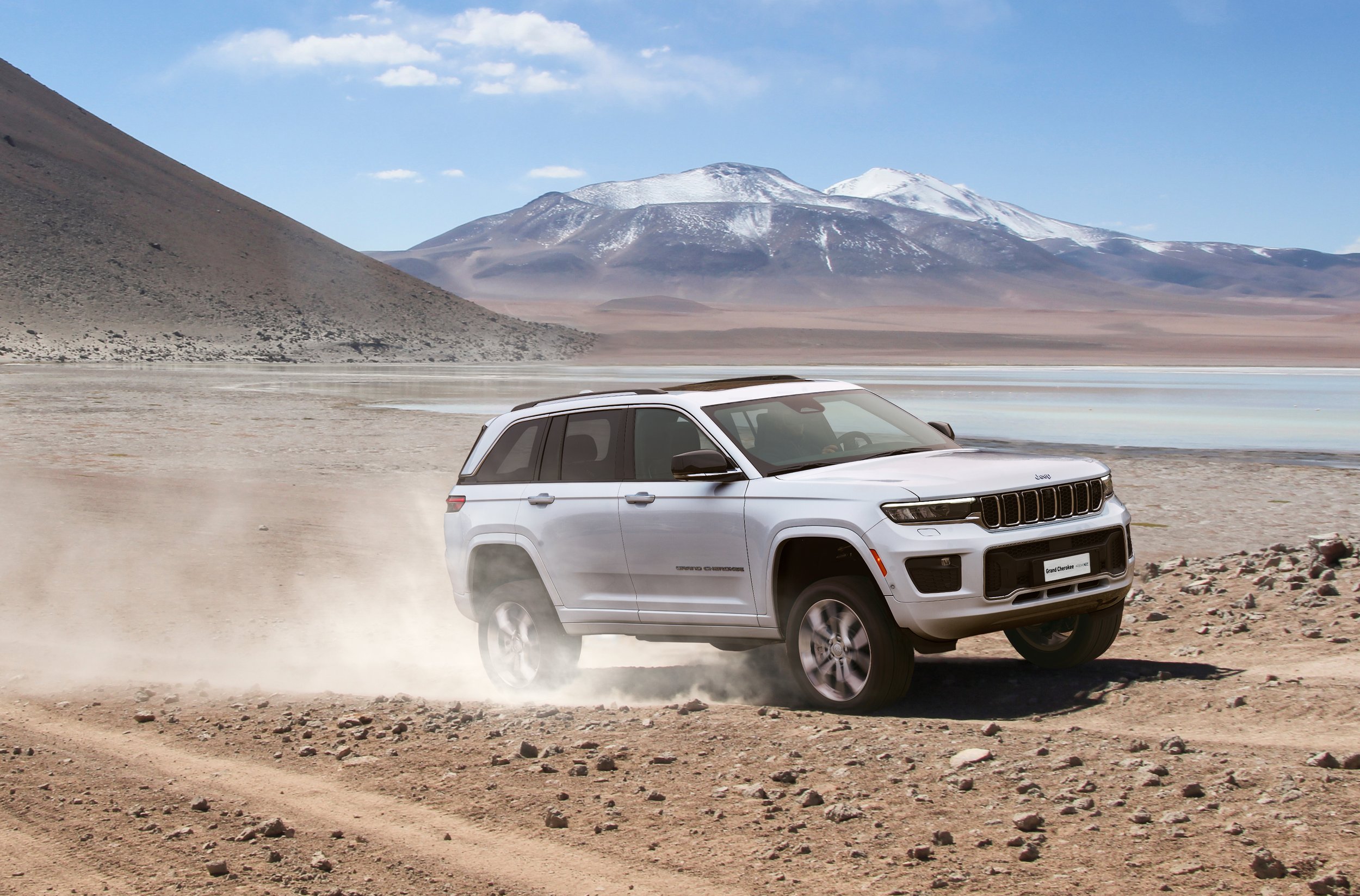Battery-fed Jeeps add to NZ line-up
/Long-awaited editions of Renegade, Compass and Grand Cherokee enable lean burn, low emissions and even some pure electric running.
JEEP buyers looking for fuel efficiency can now be directed toward three models in '4xe' plug-in hybrid format.
New Zealand dealers have undertaken initial training for the new variants of Renegade and Compass, which in pairing their electric drive to a Fiat-supplied 1.3-litre petrol become the first Jeeps eligible for a Clean Car Discount rebate, and the Grand Cherokee, which combines a 2.0-litre turbocharged petrol four-cylinder with two electric motors.
Pricing is also out, with the smaller cars respectively at $69,990 and $77,490, pre a PHEV rebate that diminishes from July 1, with each of those availing with $5000 performance packs that add extra refinements. The Grand Cherokee is in Summit Reserve treatment and has a sticker of $154,990.
The models have been a long timing for this part of the world. Jeep at one point was indicating release for the Grand Cherokee in mid-2022. The Compass and the Renegade have been in production since 2021. The latter announced in 2020 as the first Jeep to adopt an electrified drivetrain.
In instance of it and Compass, it comprises a 44.7kW electric motor and 11.4kWh battery turning the rear wheels and a turbocharged four-cylinder petrol at the front, in marriage to a six-speed automatic.
In many markets this comes in two power outputs depending on trim level. The NZ spec settles on the 177kW (combined) one over the 140kW version. Maximum torque is 270Nm.
It’s 4WD, but there’s no mechanical connection from front to back, it’s all achieved through electronics. There are three operating modes for the hybrid powertrain – standard Hybrid mode, Electric and E-Save.
Hybrid adapts to the driving scenario and lends assist as and when required, Electric maintains battery at all times and E-Save banks the charge; it’s seen as the one to use in urban driving when wholly electric operation is desired,. In E-Save the engine can be used to charge up the batteries.
Best economy when the drivetrain is optimised is said to be two litres per 100km; a CO2 count of 49 grams per kilometre is also cited. The models can achieve just under 49 kilometres on electric alone, according to Jeep testing results.
The Grand Cherokee 4xe PHEV restricts to five seater format and pairs its engine with two electric motors and a 17kWh battery pack, for combined outputs of 280kW and 637Nm. It has an eight-speed automatic and combined optimal economy of 3.2L/100km.
Jeep claims the big lugger will achieve an optimal 40km of pure electric driving range. Total range is 708km; so better than the alternate fuel petrol but less than the previous generation line’s no defunct diesel engine.
It also has Hybrid, Electric and eSave modes; the last similarly designed to ‘hold’ the battery charge level until it is needed. A set of motor-generator units replace the alternator and transmission torque converter, while underbody skid plates and water sealing allow it to have the same 610mm wading depth as other versions.
If the electric-assist approach seems too ‘Green’ for your red-blooded tastes, then the model can also supply a 3.6-litre V6 making 210kW/344Nm.
All powertrains operate through an eight-speed automatic and full-time four-wheel-drive.
Jeep says the plug-in hybrid 4xe variant can tow up to 2720kg braked, increasing to 2812kg in 3.6-litre V6 versions and 3265kg with the 5.7-litre V8.
Jeep’s national distributor, Ateco, has yet to say anything about its intentions for the new derivatives.



















